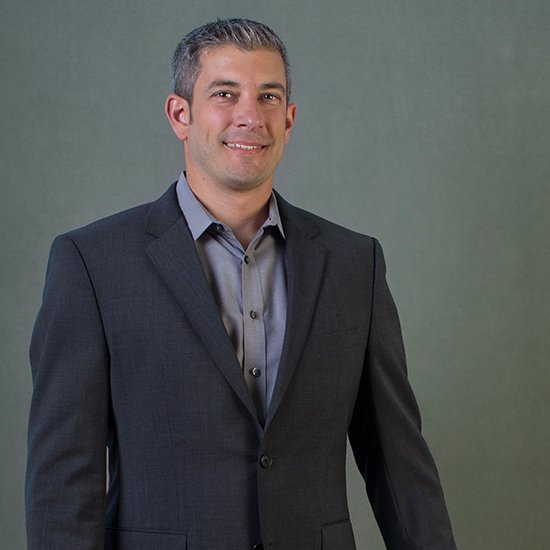Heather Wilson
AIA Oregon EVP/CEO
“There are some games you can’t win unless you’re all in.” –Jordan B. Peterson
When you are good at something, but don’t really love it, you can do alright. You will get your work accomplished ok, and you’ll earn your living. Nothing out of the ordinary, probably, and so what? There’s a lot to be said for a life of coloring inside the lines. For one, your pictures are very, very pretty, and everyone will recognize exactly what’s happening in those pictures. Boxes, checked!
But what if you’re good at it AND you love it? That’s the place I assume many of you exist in architectural practice, both being great designers and really enjoying the work of collaboration, energy and visualization that it takes to craft a solution in theory to a real built thing. You maybe even like to compete a little? I know I do. This year, our Design Awards program Jury will be chaired by Suchi Reddy, AIA, founder and principal of Reddymade Architecture and Design based in New York. If you missed it, she was our closing speaker for ODC 22 and gave a powerful presentation regarding her work in neuroaesthetics. The conference theme –LINK –is clearly followed through with her agreement to serve as our jury chair, and we couldn’t be happier. If you had a chance to meet her, you know we’re in excellent hands. I can’t wait to see the selections made this year.
But you can’t win if you don’t enter (and you can’t enter if you aren’t an AIAO Firm member – see details here). I really enjoy this time of year because I get to see my members’ best, and it energizes me to keep doing my job supporting all you do. I am hoping to see more of your amazing work this year. We’ll be back in person for the awards presentation at the Portland Art Museum, and you won’t want to miss it.
You’ll also want to make sure you attend the prep session – Everything You Ever Wanted to Know About Design Awards *But Were Too Afraid To Ask on August 4 where I will share basic do’s and don’ts, common jury questions and insights, and review the entry process in detail so you’re relaxed and ready to submit your entries. I can’t wait to see this year’s work. Best of luck!




